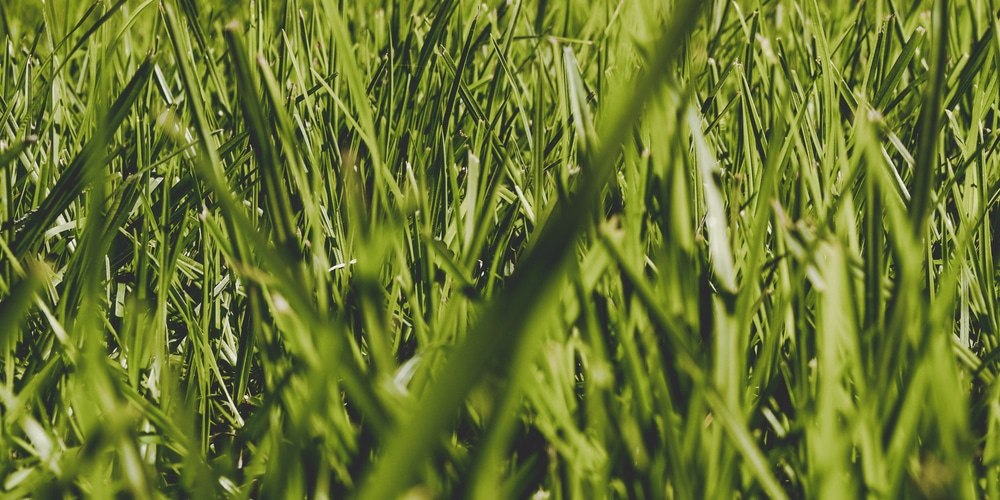If you wonder whether buffalo grass is suitable for Texas, you are in the right place! Life can be more enjoyable when you have the perfect garden and lawn in place. Of course, it’s hard to find the best grass for your specific region, but it doesn’t have to be when you know what to do! Let’s look at growing buffalo grass in Texas.
Read on for more information.
Buffalo grass
If you have recently moved to Texas and wondering whether to consider Buffalo grass for your lawn, it’s vital that you are aware of the basics, dos, and don’t.
What Is Buffalo Grass?
It’s the prairie grass that you can find in Canada, the United States, and Mexico. Buffalo Grass is suitable for forage, and it’s also great for aesthetic purposes. This native perennial grass is low maintenance. It’s resistant to heat, drought, and cold.
This ornamental grass has a height of 0.25 feet to 0.75 feet, while the spread can be from 0.5 feet to 1 foot.
Buffalo grass is suitable for your lawn in North America, but you must be aware of the specific region. Also, it’s best to check the weather conditions of your place and find the dates of the season that would be suitable for growing the buffalo grass in your area.
Is Buffalo Grass Suitable for Texas?
According to Soils Alive, buffalo grass would be suitable for the climate of Texas. It was native to North Texas. It got the name as it can support the buffalos as they roam across it.
So, if you are wondering whether buffalo grass would be suitable for your lawn in Texas, then yes, go ahead and consider it!
According to PH & G, you have to see that Buffalo grass is suitable for your region. The best time for planting the buffalo grass seeds is from April to June.
The temperature suitable for growing the Buffalo grass would be between 60 degrees Fahrenheit and 80 degrees Fahrenheit.
The seeds would perform best in the warm weather, and that’s what you need to focus on when growing the Buffalo grass in Texas.
In simple words, Buffalo grass would be an excellent option for Texas, but you have to live in areas where the weather conditions would be favorable. Even though Buffalo grass is resistant to drought, hot, and cold weather, you still need to be sure. So, read on.
Why Consider Buffalo Grass In Texas?
There could be tons of questions on your mind when growing Buffalo grass.
For example, consider the following:
If you find yourself the kind of person who doesn’t want to mow often, Buffalo grass would be a viable option for your lawn in Texas as it’s low maintenance.
- Buffalo grass will give a natural look to your lawn.
- It’s suitable for forage.
- This turfgrass is resistant to drought.
Where Can You Plant Buffalo Grass In Texas?
For planting the Buffalo Grass in Texas, you can consider from South Texas to Panhandle. However, it would be suitable for some of the places that would be in between, according to PH&G.
However, you need to keep in mind that if you live in the regions and areas where it receives heavy rainfall or the soil isn’t suitable, it won’t be ideal to consider the Buffalo grass for your lawn.
For example, Houston won’t be ideal. Likewise, Southeast Texas and east Texas won’t be suitable for growing the Buffalo grass.
Understanding where it’s suitable and not would make things easier to manage. Also, if you are a beginner and have no knowledge of growing the buffalo grass or maintaining your garden, it would be best to visit the nearest garden center or consult an expert for more information on growing grass in your specific region.
Wrapping It Up
If you are from North Texas, you can grow the Buffalo grass in your region. However, it’s best to be specific and check with the experts.
Also, you need to be aware of the best time, which is April to June. The best temperature is 60 degrees Fahrenheit and 80 degrees Fahrenheit. Buffalo grass is not suitable for Southeast Texas and East Texas.
Now that you know enough about Buffalo grass, it’s time to grab your tools and create a beautiful lawn.
Share where you are from and what type of plans you have for the season in the comments!
Related Article: When to Fertilize Your Lawn in Texas


